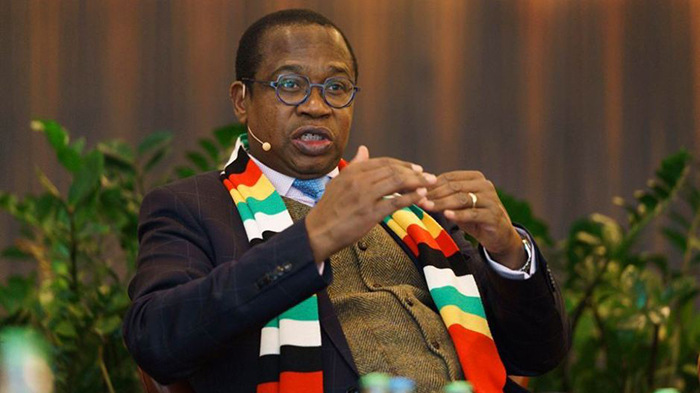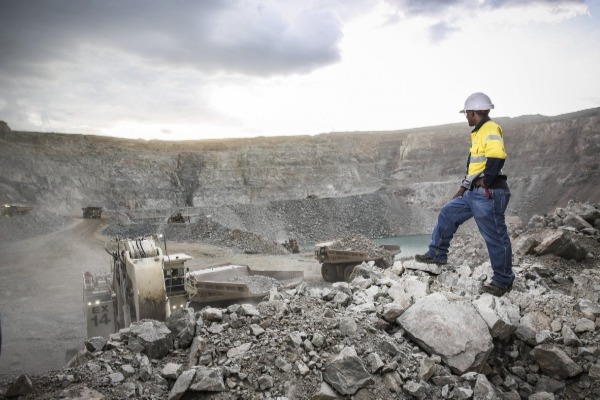Zimbabwe turns to renewable energy
Zimbabwe Electricity Supply Authority (Zesa) is making efforts to increase energy supply with a number of projects lined up that will see renewable energy feeding about 1 100megawats of power into the national grid by 2025.
Addressing a Kwekwe Business Conference on renewable energy recently, Zimbabwe Electricity Transmission and Distribution Company (ZETDC) (a Zesa subsidiary) director, Eng John Dhiya said it was high time the country started looking at renewable energy as an option to boost availability of power in the country.
Zimbabwe’s power portfolio stands at 1 500MW against a demand of 1 700MW creating a shortfall of 200MW with the shortfall increasing during peak hours.
Kariba, Hwange, Munyati, Harare and Bulawayo power stations remain the main sources of power in the country, with the rest being imported from South Africa, Mozambique and Zambia.
Eng Diya said most of the power stations had now outlived their span and needed to be replaced, a situation compounded by the call to reduce emissions by reducing the use of coal.
The call made during the COP26, has since seen some investors refusing to fund new projects that produce energy using coal.
Eng Dhiya said the demand for power in the country has prompted the power utility to look for other options to complement what is already available in the grid.
“Through the Renewable Energy Policy, we are aiming to feed about 1 100MW of electricity which is about 16,5 percent into the grid by 2025. By 2030, we are expecting the electricity to have been increased to 2 100MW that we feed into the grid using renewable energy.
We need to be aggressive to ensure that these demands are met,” he said.
This comes as the demand for electricity continues to increase through industrialisation and mechanisation spearheaded by the Second Republic, which has resulted in reopening of some irrigation schemes and companies that need energy.
Government last year increased hectarage under irrigation by 56 percent, a number of new suburbs have been built, railway systems are set to start operating using electricity and the outdated power plants cannot handle the pressure.
Zimbabwe Electricity Supply Authority
“The demand that has been thrust upon us is quite huge and Zesa by itself is not able to satisfy that demand. We are forced to think differently and follow the renewable energy line where we seek to boost our supply,” he said.
Government has also entered into partnership with regional groups like Rwanda Energy Group that will result in the production of solar PV plants in the country in partnership with ZPC.
“As a country we are also partaking in the Central African Renewable Project which is a conjunction of operations of power plants with the Zambezi basin and the Kafume George basin in Zambia. To this effect, we are engaging our counterparts in Sadc, Zambia and Mozambique so that we harvest more capacity from the hydro power plants,” said Eng Diya.
Eng Diya said it was very sad that out of the registered 110 independent power producers that were licensed, only 29 were operational.
“This means that out of a possible 1 900MW of electricity that we are supposed to be getting, we are only getting 85MW” he said.
Eng Diya said as a power preservation method, Zesa has moved to ensure that 250 000 household units are connected to solar geysers as a way of preserving electricity.
He said Zesa had since been instructed not to connect power to houses without solar geysers.
He also encouraged institutions and households to embrace other renewable energy sources like biogas and solar.
On vandalism, Eng Diya said it was impacting negatively on the operations of the power utility.
“These thieves are targeting transformers, poles, overhead conductors and copper cables among other infrastructure. This has negatively affected us as a company and our operations,” he said.
As a way forward, Eng Diya said the company was employing engineering solutions to ensure that transformers were not easily breakable as well as anti-intrusion detection alarm systems on almost all infrastructure.
The company is also replacing copper conductors with aluminium ones as well as collaborating with law enforcement agencies so that lower courts can also utilise the mandatory 10-year sentence for tampering with electricity equipment.-The Chronicle









